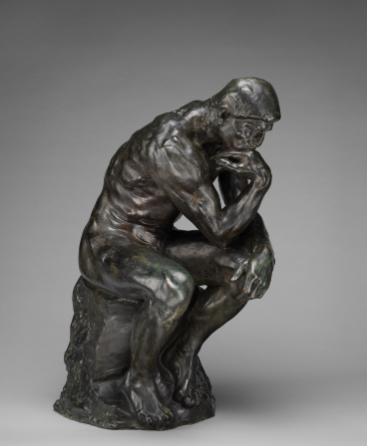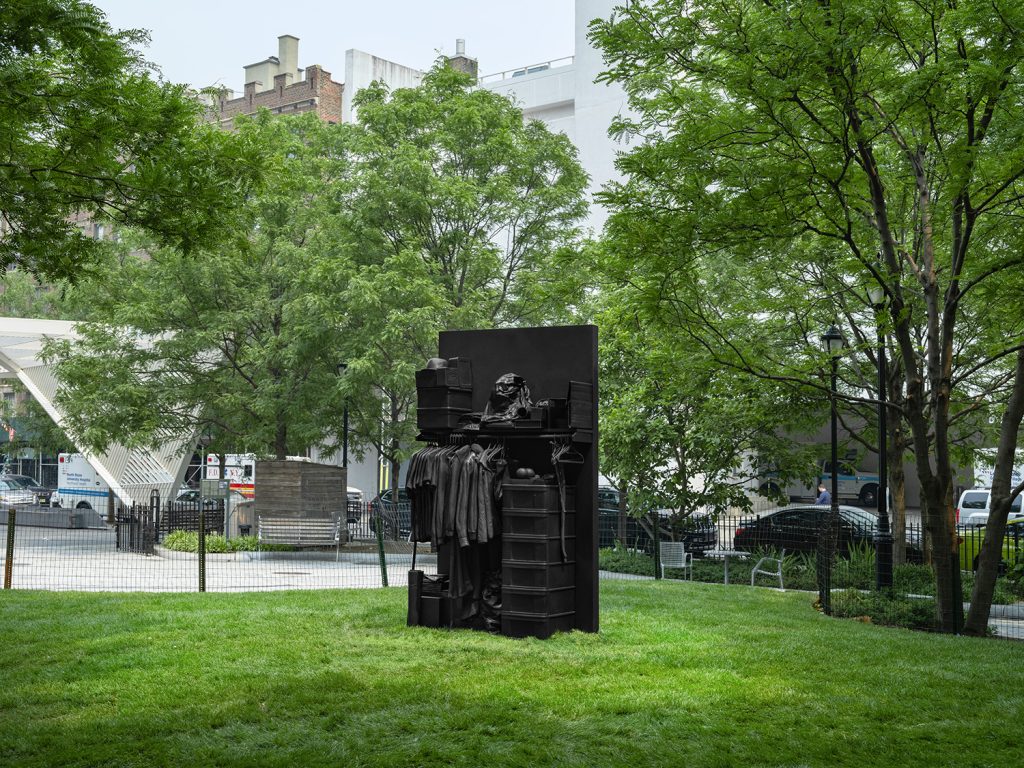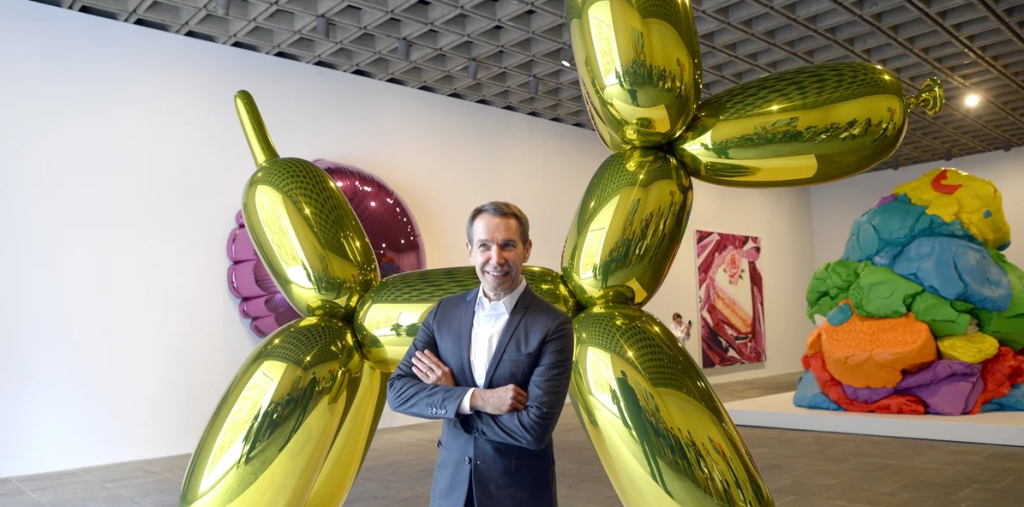The Thinker: A Deep Dive into Rodin’s Iconic Masterpiece
Introduced to millions through books, galleries, and countless reproductions, Auguste Rodin’s “The Thinker” stands as a symbol of deep contemplation and philosophical inquiry. This iconic sculpture is not just a work of art; it reflects the struggles of human thought and creativity. Understanding its origins and meaning enriches our appreciation of this timeless masterpiece.
The Origins of “The Thinker”
Rodin created “The Thinker” in the late 19th century, originally intended as part of a larger work called “The Gates of Hell,” inspired by Dante Alighieri’s “The Divine Comedy.” The figure was designed to represent Dante himself, pondering the fate of souls in Hell. However, “The Thinker” quickly transcended its original purpose, evolving into a universal representation of human contemplation. Rodin initially sculpted it in clay, later refining the form in bronze, which became the most recognized medium for the piece.
Symbolism and Interpretations
At its core, “The Thinker” embodies the essence of introspection. The figure, sitting in a reflective pose, suggests a moment of deep thought. Many interpret this posture as a representation of the struggle between intellect and emotion, embodying the artistic and philosophical pursuits of the time. While some view it as a symbol of enlightenment and creativity, others see it as a representation of the human condition, contemplating life’s profound questions. This versatility in interpretation adds depth to the sculpture, inviting viewers from diverse backgrounds to project their own experiences and insights onto the work.
Cultural Impact and Legacy
Since its unveiling, “The Thinker” has had a profound cultural impact, inspiring artists, writers, and thinkers around the globe. It has been reproduced in numerous formats, from small replicas to large-scale installations. The sculpture’s distinct aura of contemplation resonates with anyone who has ever pondered significant life questions. Moreover, it has found a place in popular culture, appearing in films, literature, and even advertisements, serving as a powerful metaphor for thought and philosophy. The Thinker continues to inspire discussion about the nature of creativity and the human experience, making it a timeless icon that remains relevant today.
In conclusion, Rodin’s “The Thinker” invites us to pause and reflect, reminding us of the importance of contemplation in our busy lives. Whether you are an art enthusiast or simply curious about its meaning, exploring this masterpiece can enrich your understanding of art and humanity. Dive deeper into the world of Rodin and discover more about his thought-provoking works.


